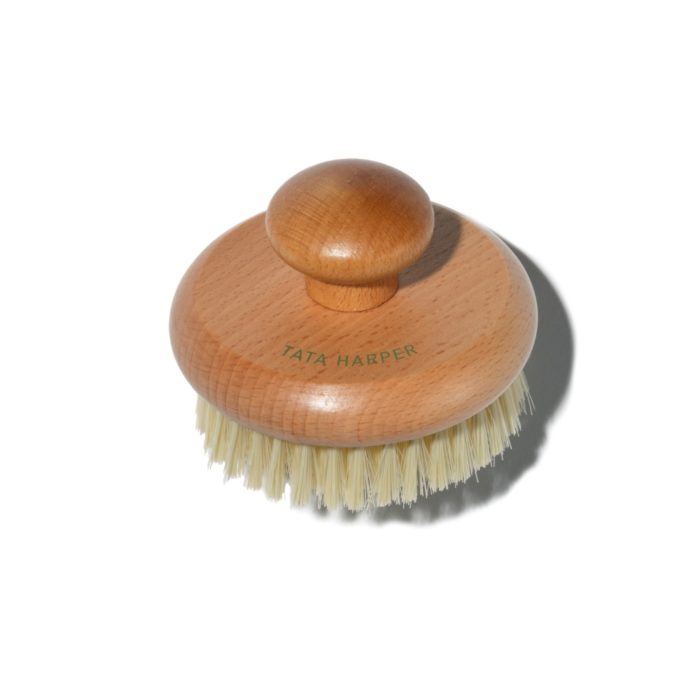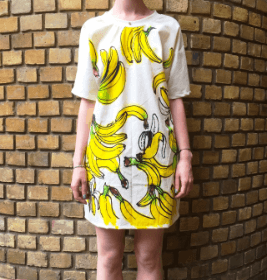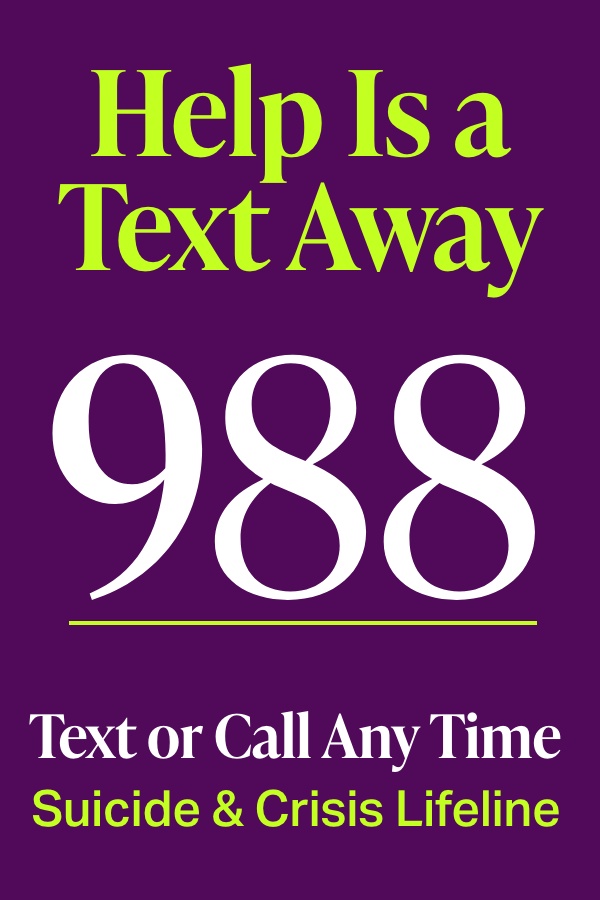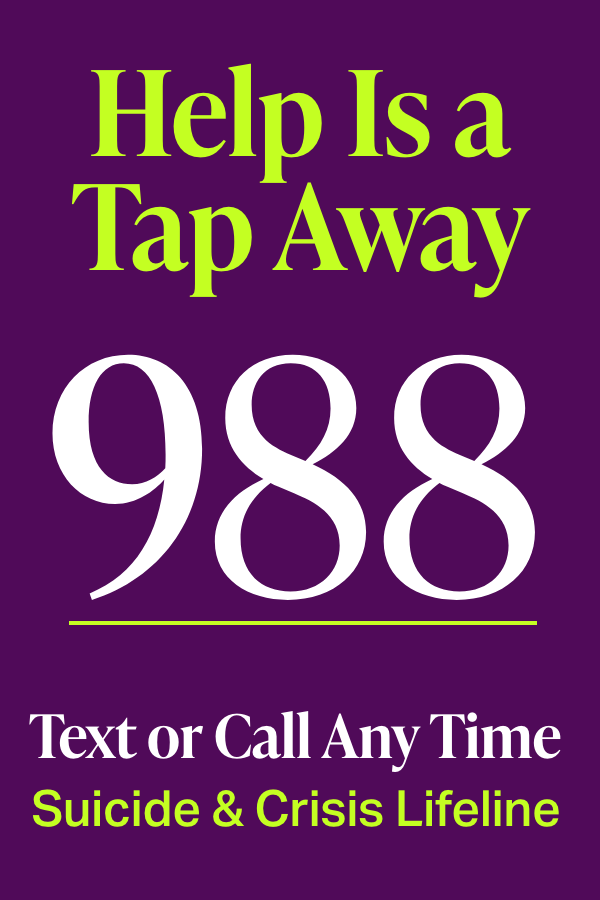Thriller narrative, award-winning acting…and mental health issues as ubiquitous as teens on roller skates. So much so, the cutting scenes with Amy Adams’ character, Camille Preaker, serve as an equally potent storyline to the reporter-covering-murder plot.
Cutting—part of a group of behaviors clinically called non-suicidal self-injury (NSSI)—are more common in women than men, and particularly in female teens and college students. As an unspecified 30-something, Camille—who cut as an escape response to the trauma she experienced as a child—would have been part of the roughly 8.35 percent of women age 25-44 who had experienced at least one act of self-harm in a study published in The Lancet Psychiatry journal.
First out in 2018 and now streaming on HBO Max and Hulu, Sharp Objects is raw, psychologically intense, and—we wondered—realistic or exaggerated in its portrayal of self-harm? New York City psychiatrist Sue Varma, M.D., took our screen test.
Q: Is Sharp Objects giving an accurate portrayal of self-harm/cutting behaviors? Particularly on Episode 5, where you see that full words have been scratched all over Camille’s body.
A: “Self-cutting is a form of self-injury and can take many forms—cutting, burning, and thin long slices—usually on arms, legs, torso. Rarely, also occasionally etching words.”
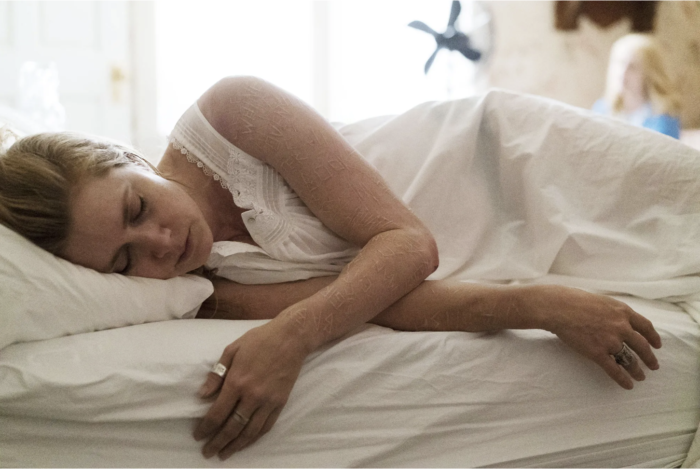
Q: What makes people cut?
A: “It is an impulsive response attempt to try to alleviate emotional pain/distress. Cutting serves as a distraction, avoidance, numbness, when an overwhelming and desperate feeling comes over, or an inability to cope with the magnitude of the feeling—whether it be sadness, loneliness, rejection, loss. A person may feel inconsolable at the time. They may have a very limited range of healthy and effective coping mechanisms.”
Q: Does it often lead to worse behaviors or does it help contain emotions?
A: “It isn’t very effective, as it doesn’t get at the underlying issue. You can end up with more guilt and shame—and, in an attempt to cover up, isolation. It can get infected and can bleed seriously, requiring an ER visit. It can cause permanent scarring, which can be stigmatizing.”
Q: What makes someone try it in the first place?
A: “It’s unclear how it starts, sometimes it is even with ice or very cold water and can escalate from there. Feeling pain starts to feel good, because endorphins are released to address the physical pain, so it can become a cycle. It offers temporary relief/catharsis, similar to crying, lifting your mood temporarily. Sometimes people like to have a place to ‘put’ their pain, to park it somewhere, to have tangible wounds that ‘legitimize’ their pain.”
GOTTA READ: The Gen XYZ Guide to Depression
Q: Does it typically start as wrist scratches, or on more hidden areas, like the upper thighs and under the fingernails as on Sharp Objects?
A: “Wrist scratches are one of the most common—people just cover them with long sleeves that they wear during all seasons—but so are the upper thighs. Many of these fade and aren’t noticeable. Under the fingernails hasn’t been as frequent in my experience.”
Q: Anything else to add about how cutting is presented on the show?
A: “I’d add that, while someone cutting may attempt to mask or distract from the emotional pain, it rarely is described as physically pleasurable. At the end of the second episode, she is cutting her belly; they showed something similar on the first episode and, juxtaposed with the sexual images, you think there is something else going on. So that would be where I think this portrayal might be stretching it a little.”
The Mental Banana-Meter of Mental Health Realism
Sharp Objects:
Rates of Self-Harm in Adolescents: https://bmcpsychiatry.biomedcentral.com/articles/10.1186/1471-244X-13-328
American Psychological Association Stats: https://www.apa.org/monitor/2015/07-08/who-self-injures
Lancet Study: https://www.thelancet.com/journals/lanpsy/article/PIIS2215-0366(19)30188-9/fulltext


